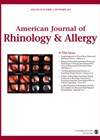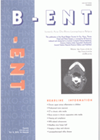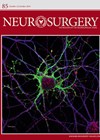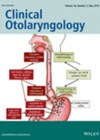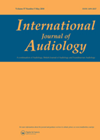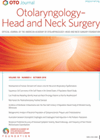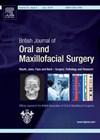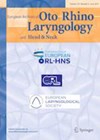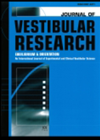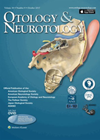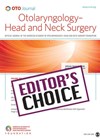
Journal Reviews
SNOT-25 to assess CRS - a new tool
The SNOT-22 is a well-established validated instrument, designed to evaluate the rhinosinusitis-specific health status and health-related QOL, however makes only one broad reference to productivity. The objective of this paper is to evaluate a modified SNOT-25 created to better assess...
Acute ENT activity in a teaching hospital
This Belgian prospective audit attempted to provide justification for the provision of a 24-hour emergency service at a large 1038-bed teaching hospital (with 31 ENT consultants). The authors looked at a one-month period during which 190 patients were admitted. They...
ENT surgical training in Belgium
The authors aimed to identify strength and gaps in ENT training in Belgium through a national survey amongst ENT Belgian trainees. They attempted to contact 94 trainees, with a response rate of 59.5%. Of the respondents, 35.7% rated their level...
Endoscopic transsphenoidal surgery versus dopamine agonist therapy for microprolactinomas
This study addresses the importance of the location of microprolactinomas in determining prognosis after surgery. Long-term dopamine agonist treatment is the current standard of treatment for microprolactinomas. However, patients often seek surgical removal. The authors of this study retrospectively analysed...
Are elective neck dissections needed during salvage laryngectomy?
There has recently been a move away from elective neck dissections in the setting of salvage laryngectomy. This has mainly resulted from an appreciation of the increase in morbidity, in particular pharyngocutaneous fistula formation, and an improvement in cross-sectional imaging...
Loneliness and hearing loss treatment
It is well-known that hearing loss can lead to social isolation and consequent loneliness. This study aimed to research whether hearing loss treatment helps in overcoming loneliness long-term. Two types of treatment - hearing aids (HA) and cochlear implants (CI)...
Is surgery in obese children with obstructive sleep apnoea effective?
The authors present the results of their literature review and meta-analysis of studies examining adenotonsillectomy, uvulopalatopharyngoplasty (UPPP), supraglottoplasty, tongue base surgery or a combination in obese children with obstructive sleep apnoea (OSA). The one study investigating effects of UPPP was...
Significance of abnormal retropharyngeal nodes in head and neck cancer
Abnormal retropharyngeal lymph nodes (RLN) have prognostic relevance for patients with oral, oropharyngeal or nasopharyngeal squamous cell carcinoma (SCC). However, consensus on the evaluation and management of abnormal RLN in these patients is lacking. The authors of this paper provided...
Tramadol soaked nasal packs for post-septoplasty analgesia
Having had a septoplasty a number of years ago for the potential treatment of snoring, I was intrigued by this paper which compared the analgesic effect of tramadol-soaked and lignocaine-soaked nasal packs following septoplasty. In my practice, I have always...
Diagnostic criteria for haemodynamic orthostatic dizziness
Over the past several years, the Bárány Society has been developing an International Classification of Vestibular Disorders (ICVD) in order to standardise diagnosis and nomenclature for both clinical and research purposes. Many in vestibular practice would be familiar with the...
The debate: endoscopic vs microscopic ear surgery – meta-analysis of outcomes
Although the endoscopic approach to ear surgery has become more common in clinical practice, the debate about its role versus the traditional microscopic approach continues in many ENT units. This meta-analysis from the Mount Sinai ENT department in New York...
Outcomes of temporal bone-resurfacing for pulsatile tinnitus associated with vascular wall anomalies
This month’s Ed’s choice is an interesting systematic review into the management of pulsatile tinnitus. There are impressive results from resurfacing of symptomatic anatomical abnormalities of the temporal bone and I suspect that referrals for further imaging and otology clinic...

